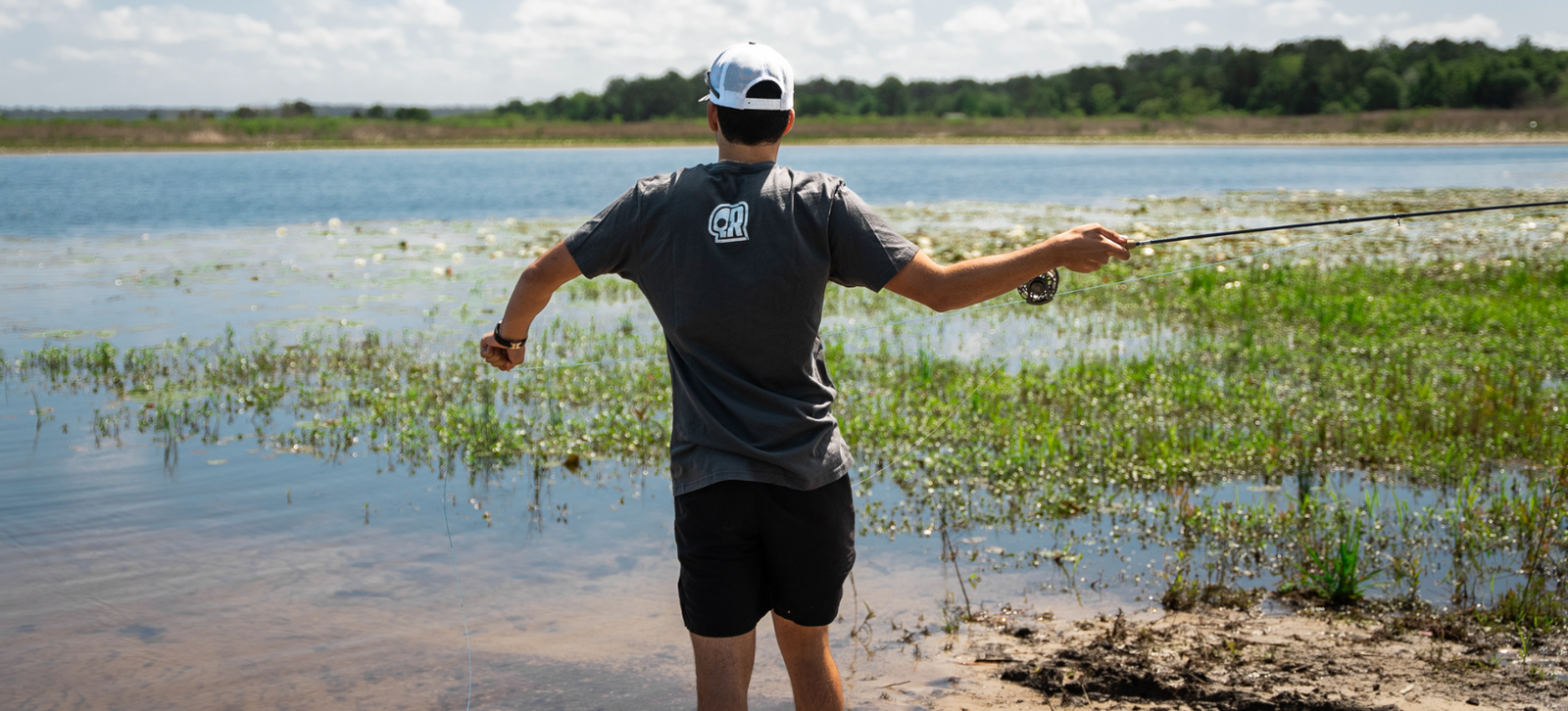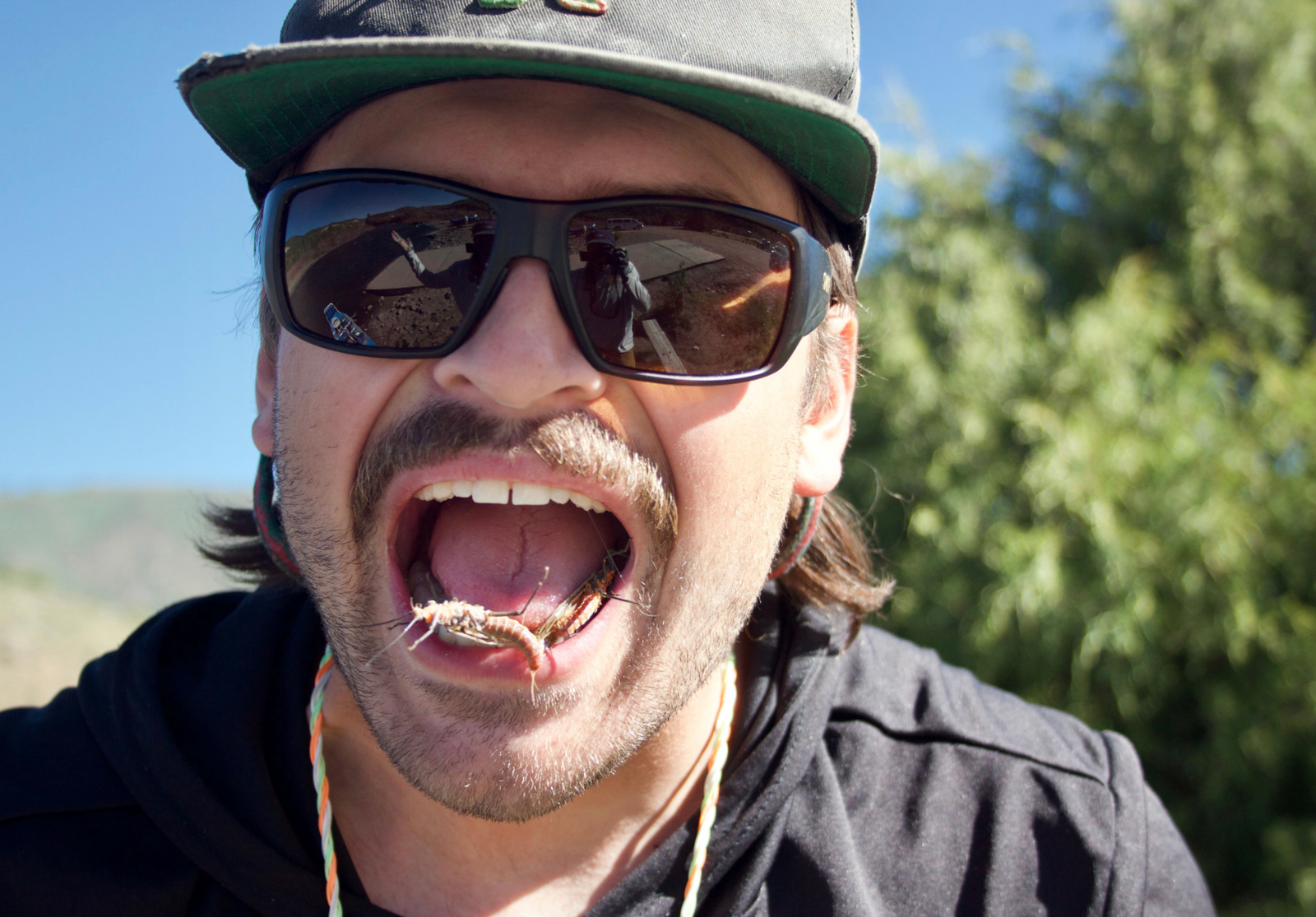Everyone has their own personal preference when it comes to organization, but I’ve found that getting organized at the vise makes a world of difference. Personally, I’m lucky enough to have a dedicated tying desk where I can keep everything neat and in order, but this does not have to be anything extravagant. There are a few things that I utilize that allow me to keep everything at my fingertips when I sit down to crank out some bugs:
-Tool caddy: I use a cheap, generic foam tool caddy I bought off Amazon. It doesn’t fit all my tools perfectly, but it allows me to keep everything in one spot on my desktop. I keep a few pairs of scissors, a couple bobbins, some combs/brushes, resins, and some other miscellaneous tools in my caddy, all in their own spot.
-Thread caddy: Another cheap buy off Amazon. This is just a piece of wood with some pegs that fit spools of thread. Again, nothing fancy, but it gets the job done.
-Hook/Beads/Eyes: There are a bunch of different options for this, but I find that small, plastic tackle boxes work best for this. Get ones with customizable tabs so you can fit hooks of various sizes. Clear ones are great because you can stack them and quickly see everything at once.
-Materials: This might be a little different then a typical material storage system, but I am a big fan of this: file folders. I use a 18”x18” mesh file folder basket and about 20 file folders to store just about all of my materials. This system takes up the least amount of space and allows you to sort and label things into different categories. You can easily slide a folder out, grab what you need, and put it back out of the way. I highly recommend this!

Get Creative
This might go without saying, but the whole point of fly tying is creativity. There are endless combinations and variations of existing patterns currently out on the water, but there is no limit to what you can spin up when you get in front of the vise. With that being said, I definitely recommend looking at what people are tying professionally. They do it for a living for a reason and checking out their work almost always gets my wheels turning as to how I can tweak or improve it. Get in front of your vise for an hour with nothing planned and just see what happens! Some of my favorite and most effective flies have come when I just start throwing materials on a hook. Sure, you’ll waste a lot of materials, but it’s all part of the process and it’s the only way you’ll get better.
Get Consistent
Now that you’ve come up with a pattern that you love and it’s been tweaked to perfection, you want to be able to tie that fly exactly the same, a dozen times in a row. My best advice for this would be to break your fly down into specific steps. Each step has a starting and stopping point, a specific amount/length of material used, and precise thread wraps. The added bonus to consistency is that you’ll notice that you’re cranking out flies much faster which means more time on the water!
Less Materials, Higher Quality
Again, everyone is going to have their own opinion on this and there will be exceptions when quality doesn’t matter that much, but I definitely believe that you shouldn’t just load up on a ton of cheap, low-quality materials just to fill your tying desk. Focus on two or three specific patterns and go buy the exact materials you think you need for that fly. Less is definitely more in fly tying and higher quality materials will almost always result in a better-looking fly as opposed to just adding 10 different things to it. This doesn’t have to mean spending a ton of money on literal chicken feathers, but just make it a point to know exactly what you need and don’t skimp on the quality. Instead, figure out how you can utilize one material for a number of patterns.

For me, the biggest plus about fly tying is being able to actively engage in fly fishing, even when you’re unable to actually get out on the water. It gets my mind working and gets me excited for that next cast. Whenever I get that itch, and I can’t necessarily get out right then and there, tying allows me to become a better angler by focusing my attention on the most important part of this sport: convincing a fish to eat some fuzz on a hook!
-







